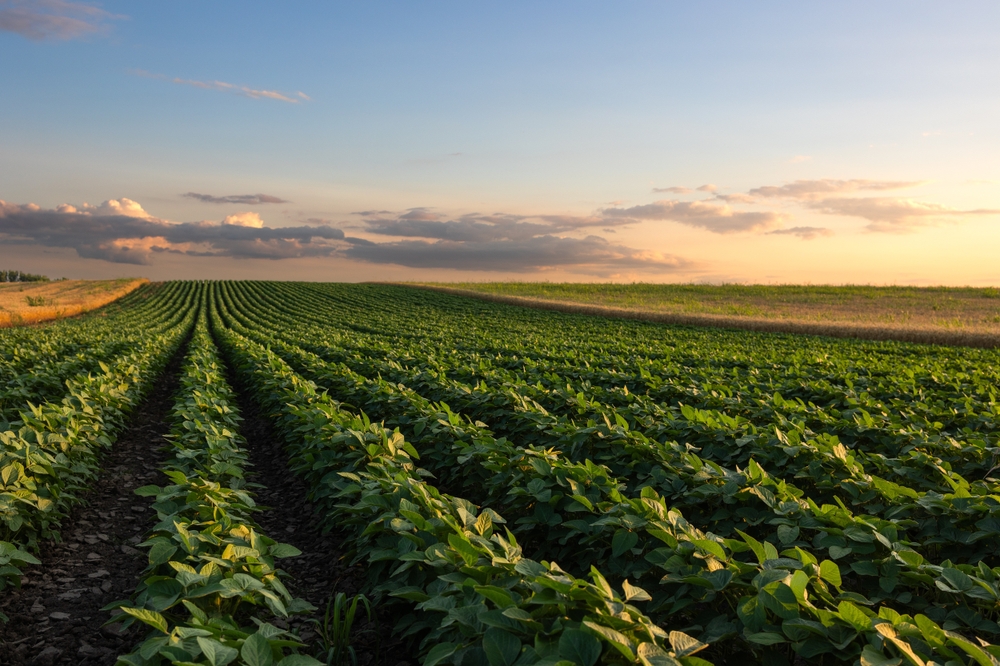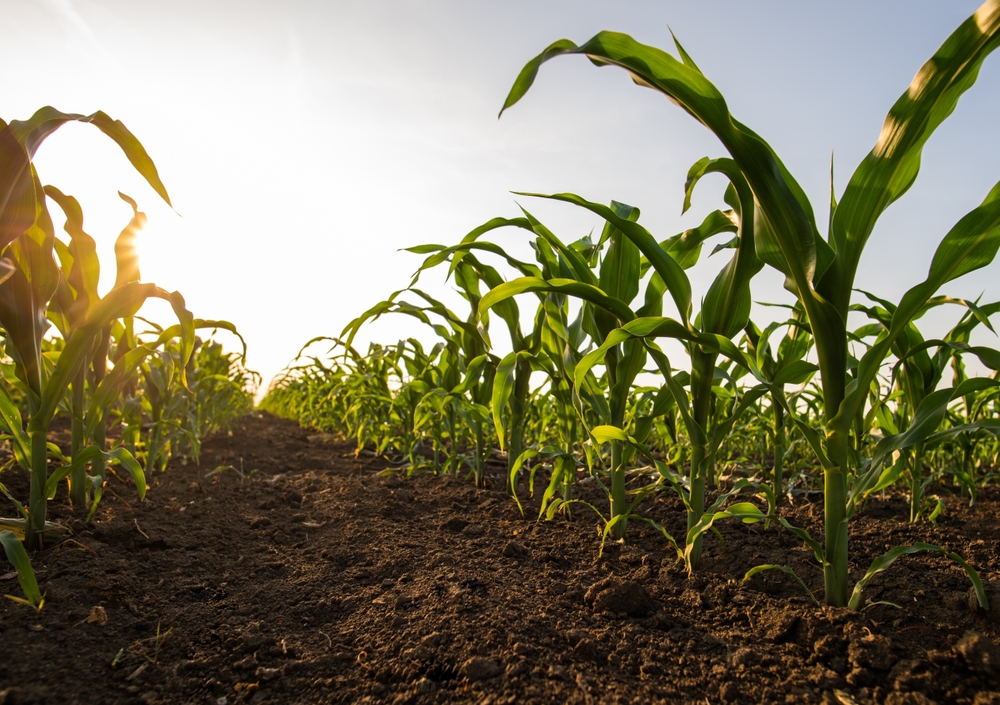
Image Source: Shutterstock.com
When the days start to shrink and that golden autumn light turns soft and fleeting, you can almost hear plants adjusting. Some crops yawn, slow down, and prepare for a cozy winter nap, while others seem to panic, racing to finish their growing cycle before the sun disappears entirely.
Gardeners notice it every fall—the lettuce wilts faster, spinach acts unpredictably, and kale suddenly decides to thrive like it’s been waiting for this moment all year. Why? Because not all leafy crops read the same daylight cues. The change in daylight length—known as photoperiod—affects everything from leaf size to flavor to how quickly your greens bolt.
The Science of Sunlight: Plants Can Tell Time Better Than You Think
Here’s the wild part—plants actually have their own internal clocks. They don’t just respond to sunlight; they measure it. Inside each leaf are specialized receptors that sense the balance between light and dark hours. These receptors signal the plant’s hormones to either keep producing lush green growth or start slowing down for the season.
Leafy crops like lettuce, spinach, and kale rely heavily on this day-length data to decide what comes next. When days shorten, their metabolism changes—photosynthesis slows, sugar production shifts, and growth hormones recalibrate. Some crops treat shorter days as a cue to rest, while others see it as a green light to put on one final burst of productivity before frost sets in.
Cool-Weather Lovers: When Short Days Are Actually a Blessing
Here’s where it gets interesting: many leafy greens love shorter days and cooler weather. Crops like kale, Swiss chard, and arugula thrive in the fall because the lower light intensity and cooler temperatures reduce heat stress. Instead of wilting under harsh summer sun, these plants use the mild autumn climate to grow sweeter, more tender leaves.
Shorter days also slow down the chemical processes that make greens bitter. That’s why fall kale tastes smoother and spinach feels silkier. These crops have evolved to take advantage of shorter daylight, shifting energy away from seed production and toward building lush, flavorful leaves. It’s nature’s version of “quality over quantity.”
Warm-Weather Crops Hit the Brakes
Then there are the divas of the vegetable world—leafy crops that just can’t handle short days. Think of plants like basil, certain lettuces, and mustard greens that thrive under long, bright conditions. As daylight dwindles, these crops struggle to photosynthesize enough energy to keep up their growth.
Instead of putting out new leaves, they begin conserving resources, leading to smaller, slower yields. Even if the temperature is ideal, the lack of sunlight can cause their internal rhythms to “downshift.” It’s not that they’re dying—it’s more like they’re sulking, waiting for the sunshine to return.
For gardeners, that means warm-weather greens become more delicate as the days shorten. You might notice thinner leaves, less intense flavor, or even stunted growth. These crops are sun worshippers at heart, and when the light fades, so does their enthusiasm.
The Bolting Battle: How Shorter Days Change the Game
Bolting—the process where leafy plants suddenly shoot up flowers and go to seed—can be a gardener’s nightmare. It makes lettuce bitter, spinach tough, and herbs lose their flavor. Interestingly, day length plays a huge role here, but the effect depends on the crop.
Some plants, like summer lettuces, bolt under long days and hot temperatures. For them, shorter days are a relief—a signal to stay leafy and delay flowering. Others, like certain Asian greens, may do the opposite, reacting to fading light as a trigger to finish their life cycle.
This delicate dance between light, temperature, and genetics means timing your planting is crucial. If you sow too early, the heat and long days might push your plants to bolt. Too late, and they won’t have enough daylight to mature before winter sets in. It’s a race against the sun—and only plants that understand their cues win.
Temperature and Light: The Dynamic Duo
While light is the main character in this story, temperature plays an important supporting role. Plants don’t respond to sunlight in isolation—the warmth (or chill) around them influences how they interpret shorter days. Cool temperatures combined with limited daylight tell plants, “Winter’s coming—time to wrap things up.”
That’s why leafy greens like kale and spinach thrive in fall’s shorter days—they’re genetically wired to interpret cooler temps as a good sign. Meanwhile, tropical greens like basil and amaranth view the same conditions as a crisis. They need longer days and steady warmth to stay in their comfort zone.

Image Source: Shutterstock.com
Understanding this relationship helps gardeners plan strategically. Matching crops to the natural balance of day length and temperature means fewer disappointments and tastier harvests. You’re not fighting nature—you’re partnering with it.
How You Can Outsmart the Sun
Now that you know daylight changes are a big deal, you can use that knowledge to your advantage. Gardeners who time their plantings with the shifting seasons can extend growing periods and improve yields dramatically. Want lush spinach in fall? Plant it late enough that it matures as the days shorten. Want endless basil? Start it early, when sunlight hours are long and strong.
Even indoor gardeners can play with these cues using grow lights that mimic day length. Adjusting artificial light exposure can keep certain crops from staling out or bolting prematurely. Essentially, you can “trick” your plants into thinking summer never ended—or that fall arrived just in time for a sweeter harvest.
Why This Matters for the Future of Food
As climate patterns shift and seasons become less predictable, understanding how day length affects crops is becoming increasingly important. Farmers and scientists are studying photoperiod responses to develop more resilient varieties—ones that can handle inconsistent sunlight or temperature swings.
For example, imagine lettuce that doesn’t bolt even under erratic day lengths, or kale that can thrive despite warm, short autumns. These innovations could help ensure steady food production even as the environment changes. The more we understand about how crops read sunlight, the better we can adapt—and maybe even rewrite the growing rules altogether.
The Secret Life of Sunlight
Shortened days might make humans sleepy, but for leafy crops, they’re a matter of survival, sweetness, and strategy. Some greens see shorter days as an invitation to thrive; others see them as a signal to slow down. The dance between light and leaves is ancient and fascinating—a reminder that every harvest is part of nature’s rhythm.
Next time you bite into a crisp fall salad or a tender handful of autumn spinach, remember: that flavor came from the sun, the shadows, and everything in between. Have you noticed how your crops react to the changing seasons? Share your stories, growing tips, or surprising observations in the comments below.
You May Also Like…
- Why Cooler Nights Boost Leafy Green Flavor
- 10 Ways Fallen Leaves Feed Your Soil
- Why Leaf Piles Attract Beneficial Insects
- 11 Plants That Self-Seed Perfectly in Fall
- Why Raised Beds Hold Warmth Longer Than Ground Soil
Leave a Reply